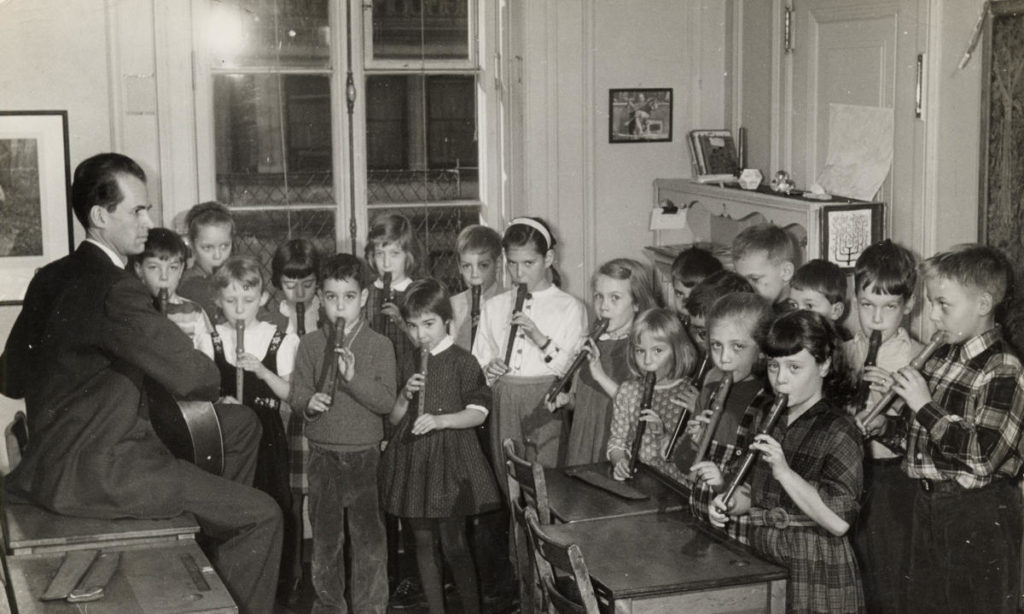Rudolf Steiner
An Austrian-born scientist and philosopher, Rudolf Steiner (1861 – 1925) lectured extensively throughout Europe. Working from esoteric traditions as well as natural science, Steiner developed a three-fold vision of the human being, comprised of body, soul, and spirit. He named this spiritual element of his work Anthroposophy. His work extended into medicine and pharmacology; into biodynamic agriculture and farming; and eventually into political and social activism. The educational branch of Anthroposophy, Waldorf Education, was born out of this activism in the aftermath of WWI.


